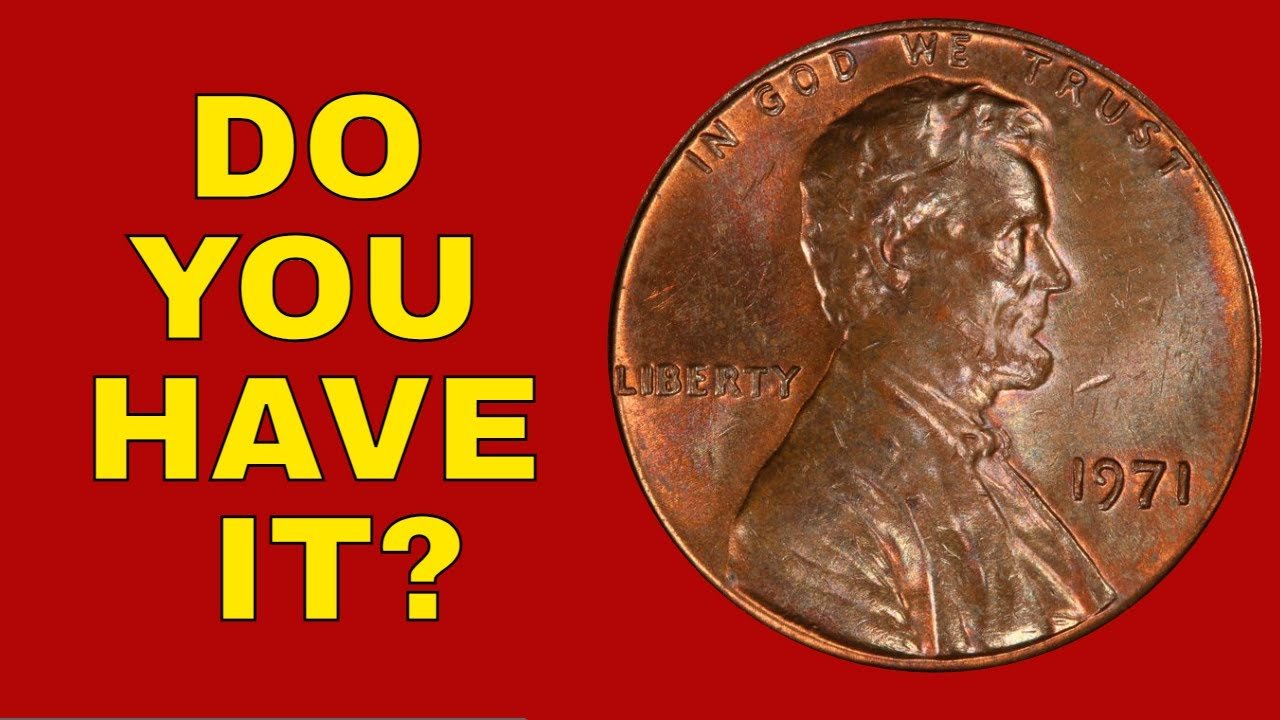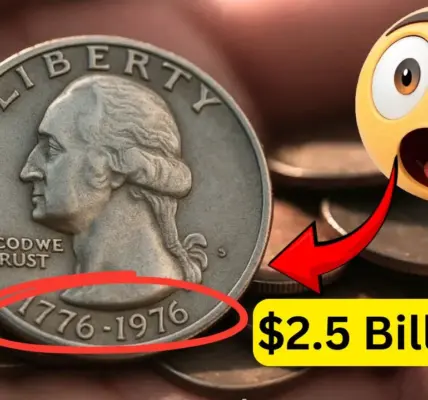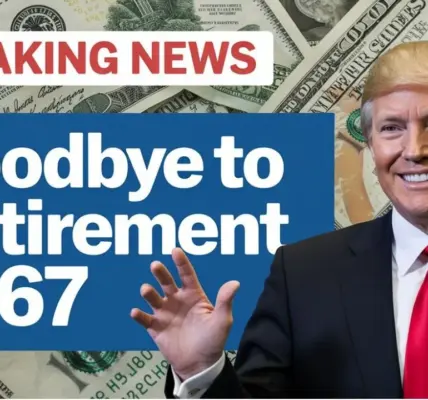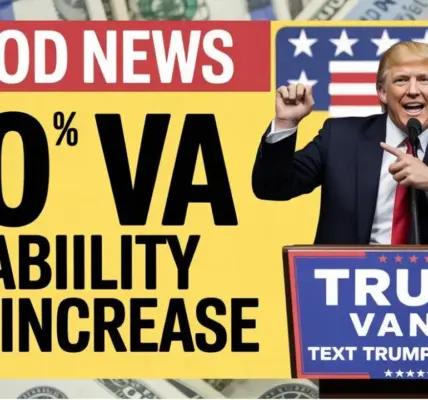
How a War-Era Jefferson Nickel: At first glance, the Jefferson nickel might not seem like anything special. It’s a five-cent coin, used daily by millions of people. But one particular version of this nickel, made during World War II, has become one of the most valuable and talked-about coins in American history. Why? The story behind it is full of history, change, and a little bit of luck.
The Need for Change During World War II
During World War II, many metals were needed for the war effort. Nickel, one of the materials used in regular five-cent coins, was considered important for making weapons and military equipment. To help, the U.S. government decided to change the metal used in nickels.
From 1942 to 1945, nickels were made from a mixture of silver, copper, and manganese instead of the usual copper and nickel. These special coins became known as “War Nickels.”
The Special Mark That Made a Difference
To help people tell the difference between regular and war-time nickels, the U.S. Mint added a large mintmark above the dome of Monticello (the building on the back of the coin). This was the first time a mintmark was ever placed there on a nickel.
Coins made in Philadelphia had a big “P,” which was also the first time the Philadelphia Mint used its mintmark. This small detail would go on to play a big part in the coin’s value many years later.
The Rare 1943/2-P Nickel and Its Mistake
Among the nickels made during the war, one stands out: the 1943/2-P Jefferson nickel. This coin is special because it was made using a die that originally had 1942 stamped on it. That die was later changed to 1943, but the old number wasn’t completely removed.
If you look closely at this coin, you can still see the number 2 underneath the 3. This kind of mistake is called an overdate, and it’s very rare. Only a few of these coins were made and even fewer survived in good condition.
What Makes This Nickel So Valuable?
Several things make the 1943/2-P nickel valuable. First, it’s a mistake coin, which always attracts collectors. Second, it’s from the war era, which adds historical importance. Third, it’s made from silver, which makes it even more interesting to collectors.
Finally, its condition matters a lot. Coins that have been well-preserved, with little to no wear, can be worth thousands of dollars. One of these nickels once sold for over $10,000, depending on its condition and the demand at the time.
Collectors and Coin Lovers Go Crazy for It
Coin collectors, also known as numismatists, are always looking for coins with a story—and the 1943/2-P Jefferson nickel has a great one. Whether it’s for its wartime connection, its unique mistake, or its silver content, it continues to be one of the most hunted coins in the U.S.
Some people even search through old jars, rolls of nickels, and inherited coin collections hoping to find this hidden gem. And while finding one is rare, it still happens from time to time, making the hunt exciting.
A Glimpse at the Coin’s Key Details
Here’s a quick look at what makes the 1943/2-P nickel unique:
| Feature | Description |
|---|---|
| Year | 1943 (over 1942) |
| Mintmark | “P” above Monticello |
| Composition | 56% copper, 35% silver, 9% manganese |
| Type of Error | Overdate (1943 stamped over 1942) |
| Estimated Value | Up to $10,000 (depends on condition) |
| Historical Importance | Made during World War II (1942–1945) |
FAQs
What is a war-time nickel?
A war-time nickel is a five-cent coin made between 1942 and 1945 that contains silver instead of the usual nickel to help with the war effort.
Why is the 1943/2-P Jefferson nickel so valuable?
It’s valuable because of its rare error (overdate), its silver content, and its limited number.
How can I tell if I have one?
Look for a large “P” above Monticello on the back and check the date on the front. If the “3” in 1943 looks like it’s sitting on top of a “2,” you might have a rare one.
Where can I sell or check the value of my coin?
You can visit a coin dealer, auction house, or send it to a grading service like PCGS or NGC for a professional evaluation.




